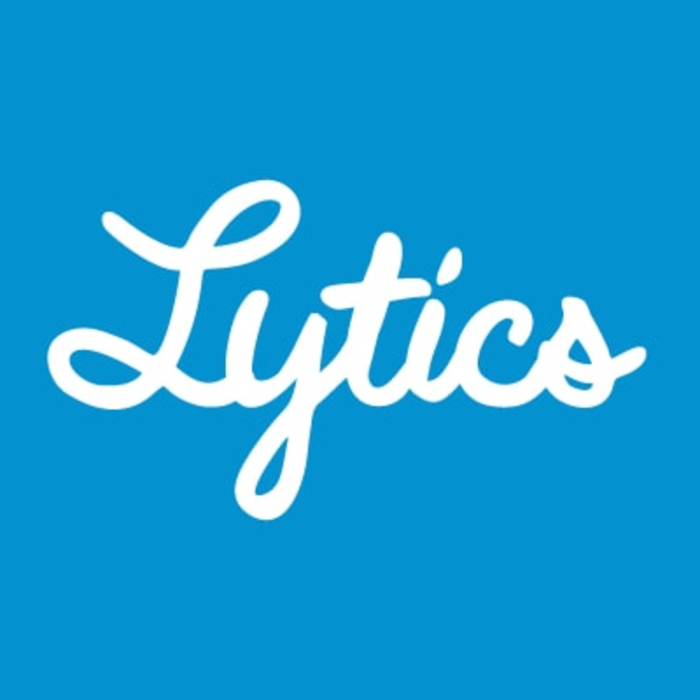“Not every CDP is created equal,” said Matt Bramble. In Bramble’s view, Portland, Ore.-based Lytics, has been a true CDP from its inception. Other so-called CDPs really started as CMSs, he told me. Lytics is a “smart” CDP, with data science built in, and predictive modeling capabilities which aren’t simply rule-based.
So what is a CDP, and why am I discussing them with Bramble? A CDP is a customer data platform, and Bramble, now with Leverage Lab, was formerly executive director for audience development at B2B digital marketing vendor SourceMedia, where he was the main user of Lytics.
He explained the origins of CDPs. “The way they came about is that a lot of media organizations, several years ago, went down the route of trying to build data warehouse environments.” The projects typically fell under IT, with differing levels of input from business users. “I don’t know that many of them did this successfully,” he continued, describing the outcomes as often “expensive and cumbersome.”
DMPs, when they emerged, overlapped or surpassed these types of solutions. But DMPs, relying as they do chiefly on anonymized cookie pools, are also not true CDPs, which, said Bramble, are based on “robust firt-party data sets.” With the aim of unifying customer data, understanding how groups of customers interact with offerings, and connecting the interaction with marketing, SourceMedia looked at several CDP options before selecting Lytics. “We put it in place in about six to eight weeks.”
One merit of Lytics, said Bramble, is that it can be driven by the marketing team: “Once it’s there, the point is for the marketers to take control. By the nature of bringing everything together, the insights allow you to start to create new experiences for users.”
For example, Lytics will use natural language processing to identify themes in written content which engages users, automatically developing a taxonomy, and tailoring — at a user level — the delivery of content where a high affinity is demonstrated. The aim is to increase engagement, and thus conversion.
“But there’s a lot more to it than that,” said Bramble. In addition to first-party data, “you can bring in any data set which is available to you; any way you can track the user. It’s not just website [cookies}: Marketo, Silverpop, all of that activity is coming in.” Lytics can ingest data from any eCommerce platform, or data purchased from a third party data supplier. The outcome: a personalized experience for the user, the reader, the customer.
I spoke with Jeff Hardison, Lytics’ VP of marketing, about the historical background. “For years, there was mass marketing,” he said. “Then about 15 years ago, basic personalization.” Thereafter, marketing automation developed with Marketo and Eloqua: “If a person does x, send them y. That’s not true personalization, he said, because “it’s pre-defined by marketers.” Now it’s possible to tailor actions 1:1, based on behavior.
Bramble cited “huge success” for businesses like SourceMedia in the B2B space. “It’s kind of blown up over the last few years,” he said, “replacing ‘spray and pray’ with a more targeted approach to ABM.” A CDP like Lytics can be used to create segments based on target accounts, and execute programs designed to nurture users within those accounts, “moving them down the funnel.” In particular, said Bramble, Lytics is “powerful in enabling these nurture programs to scale — every one looks different.”
A CDP like Lytics can also help publishers to monetize first-party data, for example by identifying segments engaged with editorial content and leveraging advertising or sponsorship. And it can drive more value in programmatic, both for advertisers and publishers, by using first-party data to make CPM more efficient.
At Leverage Lab, Bramble is involved in improving the effectiveness of data use for media companies. “A lot of publishers are interested in CDPs,” he said (SourceMedia is a Leverage Lab client). “The tip of the spear is around products; creating new lines of revenue which monetize (publishers’) first-party data sets.” Leverage Lab does, however, look beyond Lytics for certain use cases.
CDP-agnostic, then? “Yes,” he said. “We love Lytics; one of the best platforms out there.” But for brands in the process of acquiring a CDP, there are issues of objectives and resources. The fact that some CDPs have emerged from other categories actually can make them more adaptable to some business needs. “We look at strengths and weaknesses in the context of clients’ use cases.”
Hardison sees other players in the space effectively “re-branding themselves” as CDPs. “But there aren’t many that do it the way Lytics does it.” Using machine learning tools, Lytics “scores” users based on behavior “across all kinds of marketing channels.” Lytics audiences can be exported into any tools where integration is available, including Facebook, Marketo, and ExactTarget. Lytics offers its own web personalization tool.
By using machine learning to identify truly engaged users, Hardison said, cost of acquisition has been lowered for some clients by 80%. “It’s expensive to follow people with advertising.” Machine learning can “figure ouit who’s really engaged,” and distinguish them from the “tire kickers.”
Lytics’ current client base includes media and publishers, and both B2B and B2C brands. Customers include Heineken, General Mills, and the Economist.







